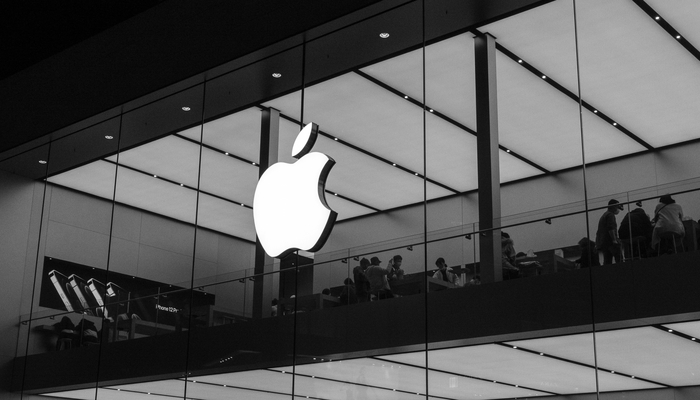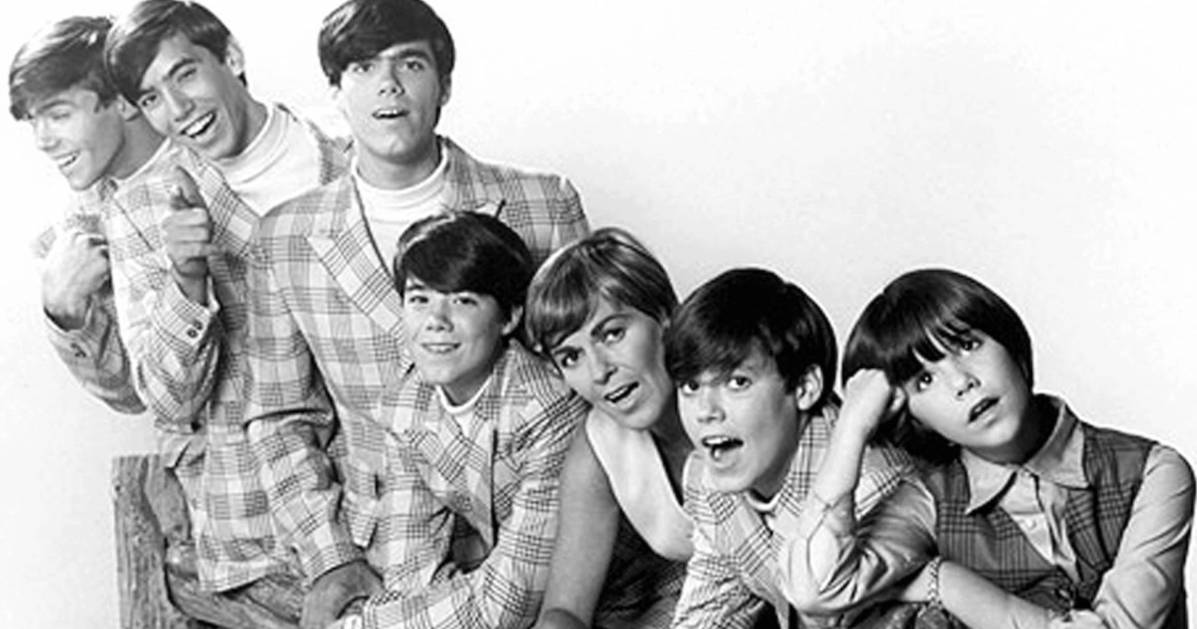
www.newsbusters.org
CNN En Español Continues to Shove Trans Agenda Down Viewers’ Throats
CNN En Español continues to wage culture war against the Hispanic community in the United States- namely, by their insistence on shoving a transgender agenda down viewers’ throats. Most recently, via a soft celebrity profile of Brazilian trans singer Lineker.
Watch as correspondent Julia Vargas-Jones closes her interview out by eliciting Lineker’s advice for children:
JULIA VARGAS-JONES: What do you think needs to happen for trans people to have a better future in Brazil? What must Brazil confront?
LINIKER: I think we need, we need, we need to be seen as human beings. And that's all.
VARGAS-JONES: How difficult is that?
LINIKER: We just want to exist. We just want to share love, share who we are. We just want to live in peace. We just want to live. We just want to work. We just want to compose. We just want to get home safe.
VARGAS-JONES: That message also resonates with fans in the United States. An artist who, through her sorrows and joys, invites her audience to feel deeply.
What would you say to the Black, queer, and trans kids who are watching you receive this recognition, who see you receive these awards and see you explode with joy? What would your message be to them?
LINIKER: Be kind to yourself and respect your soul. Always.
VARGAS-JONES: Julia Vargas-Jones, CNN, Los Angeles.
The children. Always the children. There is always the agenda-driven instinct to push trans propaganda on to children- to fuel the belief that they may somehow be “born in the wrong body”. Save for that pernicious agenda item, the interview would float by as yet another instance of celebrity nonsense.
Trans-agenda-driven nonsense, to be sure, but limited to consenting adults. This, of course, is different but in keeping with CNN En Español’s longstanding tradition of shoving these themes down viewers’ throats.
We saw this as Florida and other states passed legislation banning the sexualization of children in schools. Directo USA was more than happy to parrot that propaganda and imply that was happening before our eyes was not happening at all. Then, as now, CNN is once gain normalizing gender confusion in children. This time, under cover of a celebrity profile.
Click “expand” to view the full transcript of the aforementioned report as aired on CNN En Español’s Directo USA on Thursday, November 20th, 2025:
JUAN CARLOS LOPEZ: This year's Grammy Awards brought numerous surprises. The victories and triumphs of Bad Bunny, but also of Liniker. Julia Vargas-Jones spoke with her and she tells us about her career, her success, and the message she sends to young people like herself.
LINIKER: I came from Brazil…
I came from Brazil. I am a Black trans person, and these awards bring me into the light. And I know I'm not alone in that line. I'm not alone on the path to the light. I'm with my entire community. I'm with my story. I'm with my dreams.
JULIA VARGAS-JONES: Brazilian singer-songwriter Liniker made history at the 26th Latin Grammy Awards, winning in three major categories after entering the night with seven nominations. She is now the first openly transgender artist to win a Latin Grammy. With her distinctive voice and bold blend of rhythms, Liniker is now cementing her status as the most awarded Brazilian artist of 2025. Meanwhile, Brazil, for the 16th consecutive year, leads a much more somber global ranking.
Your rise is both a musical milestone and a paradox, isn't it? Because while you're experiencing international success and receiving awards, Brazil remains the most dangerous country for trans people. How do you see this duality?
LINIKER: I don't know, because sometimes I have to work to keep from getting carried away. And I say carried away because I've been living a dream life, receiving awards, being successful, being a great artist in my country, and now starting my career outside of Brazil. But I know my reality and the reality of my community. I know that being a famous person doesn't put me in a different place than other kids, girls, and people who went out into the street and were met with violence. So that hurts me a lot. It makes me feel anxious, nervous, and sad. But it's important to help my community, to live a life as an artist who goes out into the world with poetry, with love, and gives love to the world through my music, my message, my lyrics. But it's not easy.
VARGAS-JONES: And do you think that visibility—does it protect you or leave you more vulnerable?
LINIKER: I thought I was protected, but now I know I'm not. The more I step into the light, the more violence I face on social media, in some comments, in some derogatory things, and in some accusations. I think that's difficult. It's hard to exist in this kind of reality, but I'm always praying for myself and praying for my community.
VARGAS-JONES: What do you think needs to happen for trans people to have a better future in Brazil? What must Brazil confront?
LINIKER: I think we need, we need, we need to be seen as human beings. And that's all.
VARGAS-JONES: How difficult is that?
LINIKER: We just want to exist. We just want to share love, share who we are. We just want to live in peace. We just want to live. We just want to work. We just want to compose. We just want to get home safe.
VARGAS-JONES: That message also resonates with fans in the United States. An artist who, through her sorrows and joys, invites her audience to feel deeply.
What would you say to the Black, queer, and trans kids who are watching you receive this recognition, who see you receive these awards and see you explode with joy? What would your message be to them?
LINIKER: Be kind to yourself and respect your soul. Always.
VARGAS-JONES: Julia Vargas-Jones, CNN, Los Angeles.

















